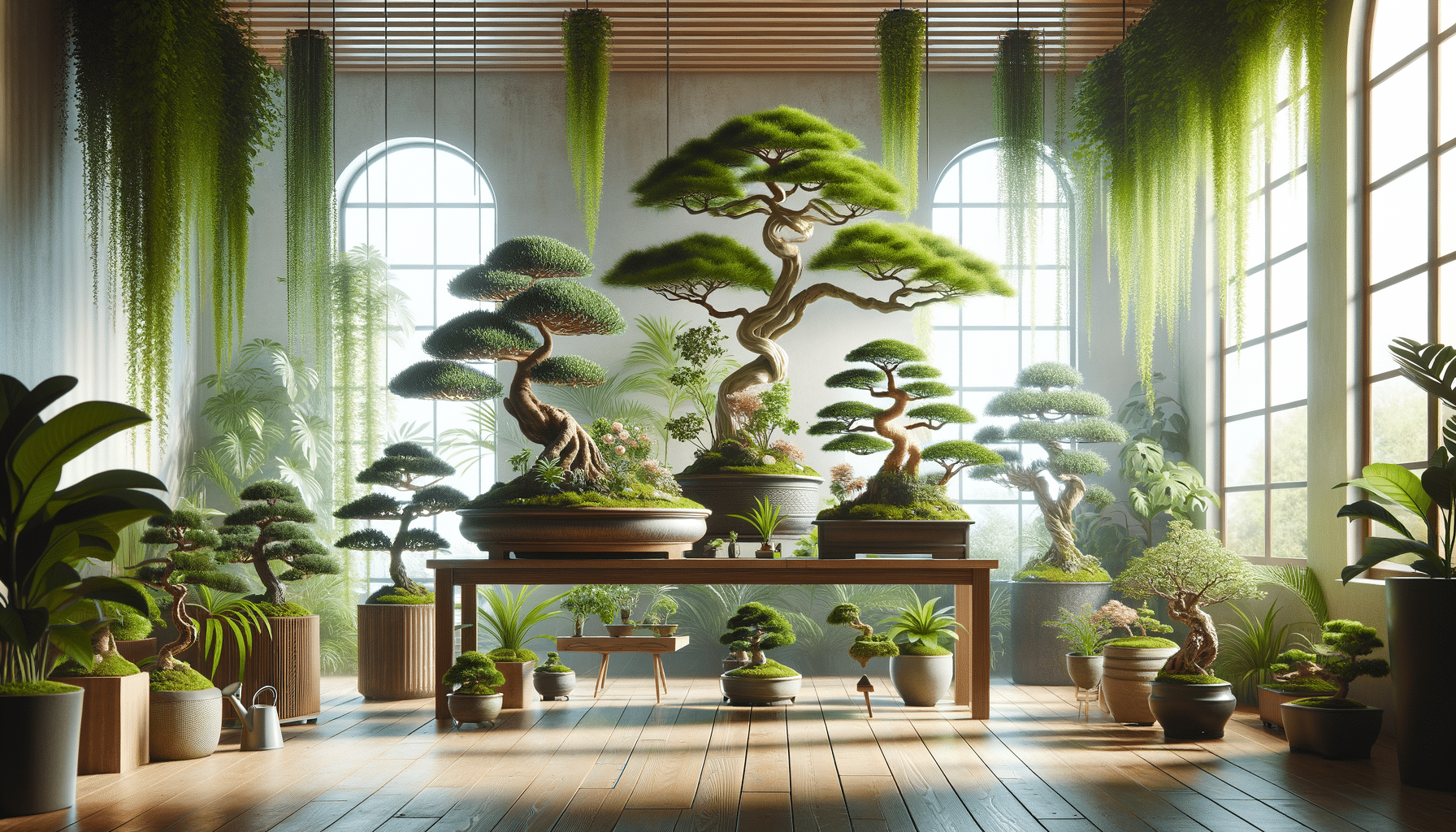
Transform Your Space with Indoor Bonsai Plants: Easy Care Tips for Lush, Healthy Growth
Introduction to Indoor Bonsai Plants
Indoor bonsai plants offer a unique way to bring a touch of nature into your home. These miniature trees are not only aesthetically pleasing but also symbolize patience and care. Originating from ancient horticultural practices, bonsai have become a popular choice for indoor gardening enthusiasts. Their compact size and intricate appearance can transform any space, providing a serene and natural ambiance.
Beyond their beauty, bonsai plants are known for their ability to purify the air, making them a healthy addition to your living environment. They require specific care to thrive, but with the right knowledge, anyone can cultivate these stunning plants. This article will provide you with essential tips for maintaining lush, healthy growth, ensuring your bonsai remains a focal point of your home.
Choosing the Right Bonsai for Your Space
When selecting a bonsai for your indoor space, it’s important to consider factors such as lighting, temperature, and humidity. Different species of bonsai trees have varying needs, so understanding these requirements will help you choose the right plant for your environment. Popular indoor bonsai species include the Ficus, Chinese Elm, and Jade, each offering unique characteristics and care needs.
Lighting is a crucial element in bonsai care. Most bonsai trees require bright, indirect sunlight to flourish. Placing your bonsai near a south-facing window can provide the necessary light, but be mindful of potential overheating during the summer months. If natural light is insufficient, consider using grow lights to supplement the plant’s needs.
Temperature and humidity also play vital roles. Bonsai trees typically prefer temperatures between 60-75°F and moderate humidity levels. Maintaining these conditions will help your bonsai thrive indoors. Additionally, regular misting can aid in maintaining humidity, especially in dry climates or during winter when indoor heating can reduce moisture levels.
Caring for Your Indoor Bonsai
Proper care is essential for the health and longevity of your indoor bonsai. Watering is a key aspect, and it’s important to strike a balance. Bonsai soil should be kept moist but not waterlogged. Overwatering can lead to root rot, while underwatering can cause the leaves to dry out and fall off. A good practice is to water your bonsai when the top inch of soil feels dry to the touch.
Pruning is another critical component of bonsai care. Regular pruning helps maintain the desired shape and size of the tree, encouraging healthy growth. Use sharp, clean scissors or pruning shears to trim back new shoots and remove any dead or diseased branches.
Fertilization is also necessary to provide your bonsai with essential nutrients. A balanced, water-soluble fertilizer applied every few weeks during the growing season can support robust growth. However, be cautious not to over-fertilize, as this can damage the plant.
Lastly, repotting your bonsai every two to three years is recommended to refresh the soil and provide space for root growth. This process involves carefully removing the tree from its pot, trimming the roots, and placing it in fresh soil. With these care tips, your indoor bonsai will remain a vibrant and healthy addition to your home.